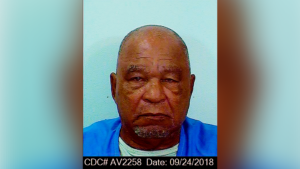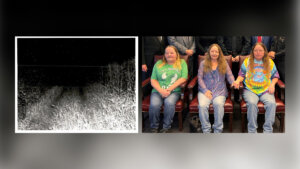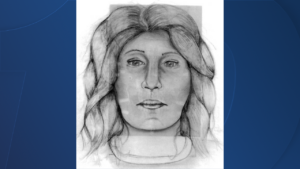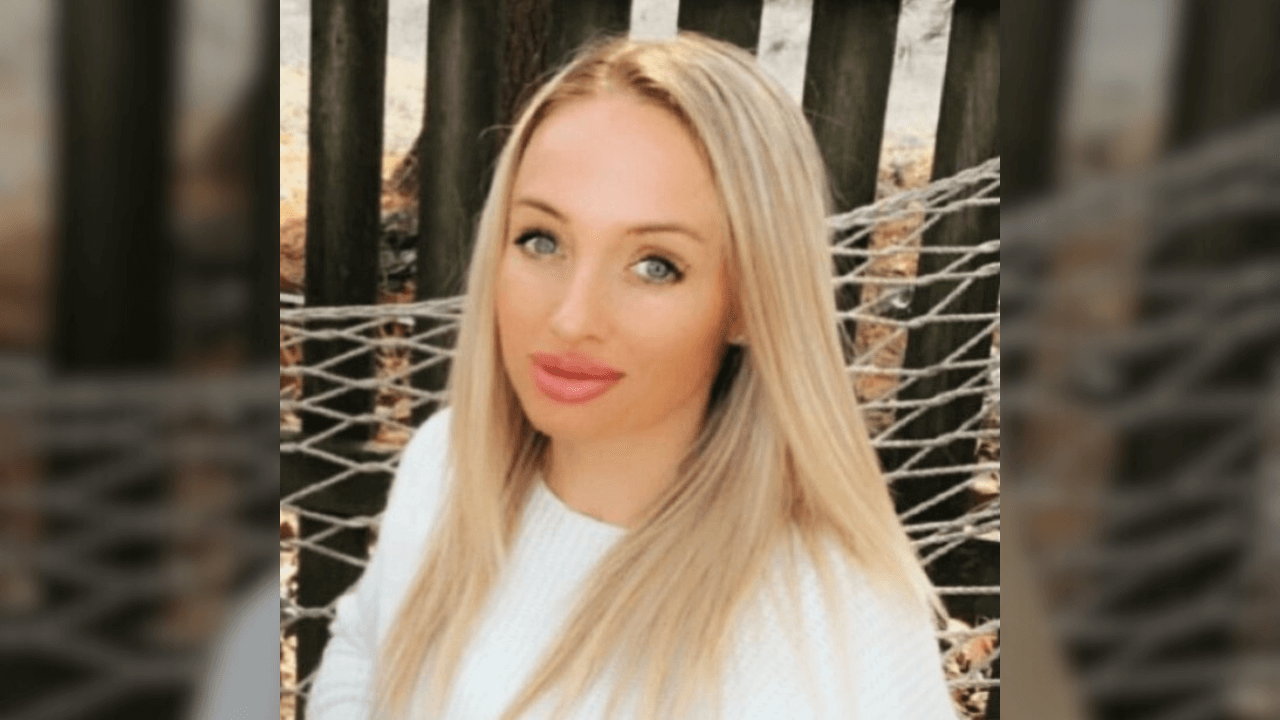MACON, Ga. (AP) — The remains of a Georgia woman killed 46 years ago were identified and confirmed as a victim of Samuel Little, known as the most prolific serial killer in U.S. history, authorities said Thursday.

FILE – This Sept. 24, 2018, booking photo provided by the California Department of Corrections shows Samuel Little. The remains of a Georgia woman killed 46 years ago were identified and confirmed as a victim of Samuel Little, known as the most prolific serial killer in U.S. history, authorities said Thursday, May 18, 2023. (California Department of Corrections via AP, File)
Yvonne Pless was about 20 when Little killed her in 1977, according to a news release from the Bibb County Sheriff’s Office and the Criminal Justice Coordinating Council. She had been dubbed “Macon Jane Doe” by The Telegraph newspaper in the city.
Little, who died in December 2020, confessed in 2018 to killing two Macon women, prompting Georgia investigators to travel to Texas in 2019 to interview him. They were able to confirm that his confessions matched the unsolved Macon cold case. They were able to notify a remaining family member of the other woman, Fredonia Smith, who was killed in 1982.
But Pless’ remains hadn’t been identified, so her family was not known. Last year, investigators used forensic genetic genealogy to identify Pless’ remains and then identified a relative who connected them with her remaining family in Macon.
By the time of his death at nearly 80 years old, Little had confessed to killing 93 people between 1970 and 2005. Most of the slayings took place in Florida and Southern California. Georgia authorities say eight of his victims were Georgia residents, and the remains of a Tennessee woman were also found in Georgia.
Little, who was in and out of jail for decades for stealing, assault, drugs or other crimes, for years denied killing anyone.
It wasn’t until he was questioned by Texas Ranger James Holland in 2018 about a killing it turned out he didn’t commit that the details began to come out. Over about 700 hours of interviews, he gave details from scores of killings that only a murderer would know.
He said he started killing in 1970, on New Year’s Eve in Miami.
“It was like drugs,” he told Holland. “I came to like it.”
His last was in 2005, he said, in Tupelo, Mississippi. He also killed people in Tennessee, Texas, Ohio, Kentucky, Nevada, Arkansas and other states.
Little strangled most of his victims, usually soon after meeting them during chance encounters.
Almost all of his victims were women, and he targeted people living on the edges of society, such as prostitutes or drug addicts. They were people he believed wouldn’t be looked for and wouldn’t leave much evidence for police.
He wasn’t wrong — police around the country initially classified many of the deaths as accidents, drug overdoses or the result of unknown causes.
Kentucky authorities finally caught up with him in 2012 after he was arrested on drug charges and his DNA linked him to three California killings.
When he began recounting the other slayings, authorities were astounded at how much he remembered. His paintings, they said, indicated he had a photographic memory.
“Nothing he’s ever said has been proven to be wrong or false,” Holland told the CBS news magazine “60 Minutes” in 2019.














